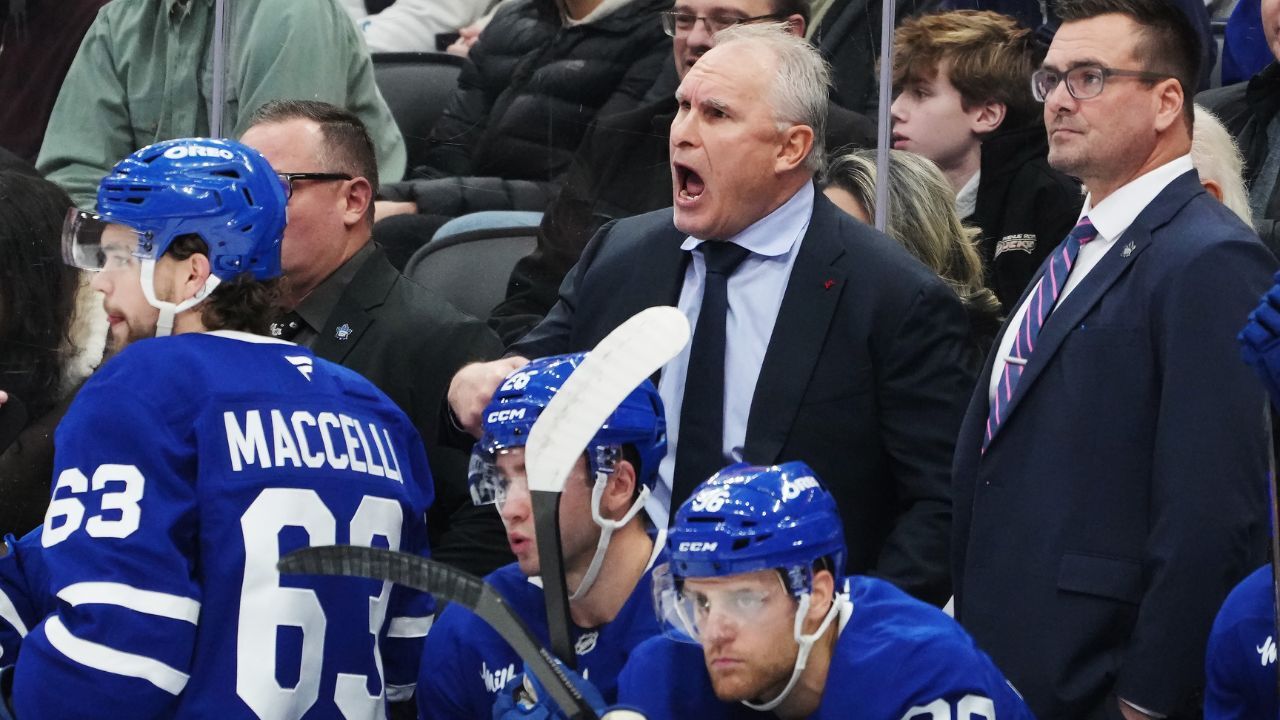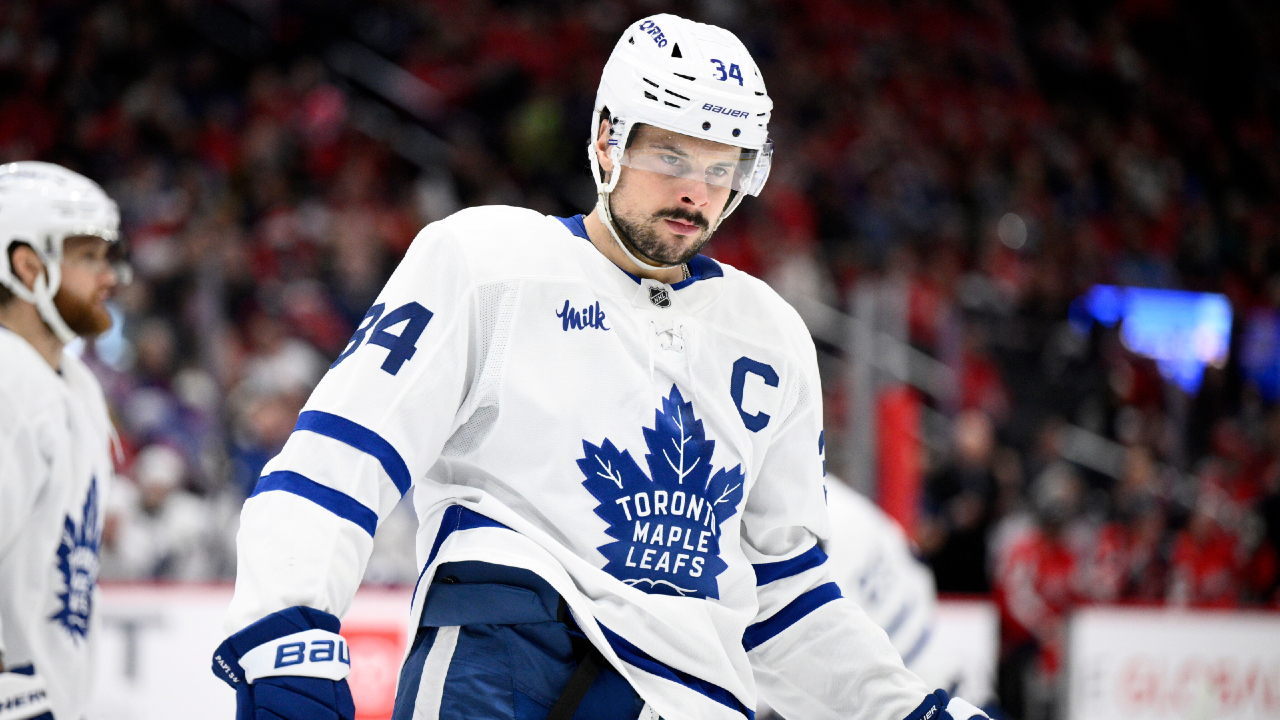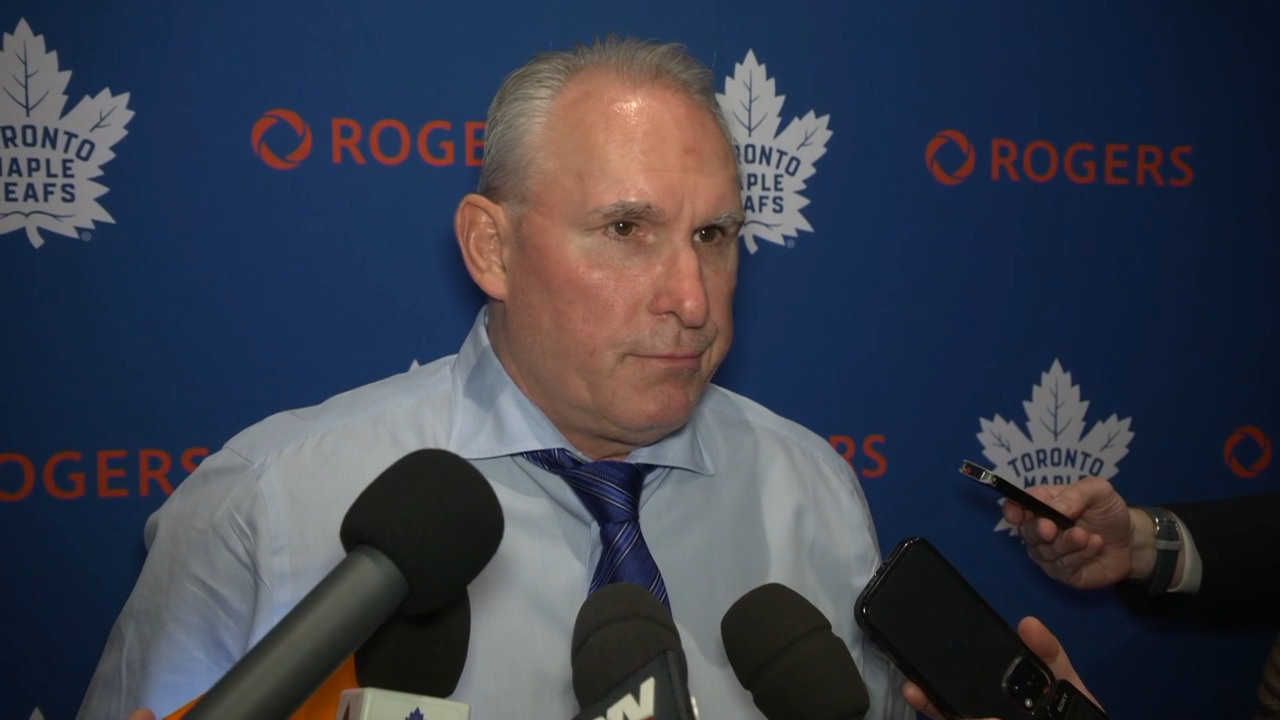
It remains to be seen if any player even gets inside the “secure zone” the NHL hopes to create in Edmonton and Toronto this summer.
But the consequences for leaving that highly controlled area and re-entering during a season restart are already tentatively set: At least four days confined to your hotel room, with four consecutive negative results needed from coronavirus tests before you’re able to resume practising, playing or just walking around the bubble.
That’s part of a dense booklet of protocols finalized Sunday, but still subject to ratification by NHL players and owners. Voting should happen in the coming days, once the NHL and NHL Players’ Association finish the framework of a new collective bargaining agreement and tie up other loose ends.
The protocols they agreed to for Phase 3 (training camps) and Phase 4 (competition) are at once expansive and open-ended.
For example, it’s not entirely clear how players with an excused absence for the birth of a child, or an illness or death in the family, will be reintroduced to the bubble beyond needing to produce the series of four negative tests.
As for those who leave without permission? Well, that infraction comes with punishments designed to keep players from even thinking about it, including a strict quarantine for up to 14 days, refusal of access back into the bubble and the possible dismissal from being part of the competition phase altogether.
And any team that violates the rules will be subject to “significant penalties, potentially including fines and/or loss of draft picks.”
These protocols offer the clearest picture yet of what a 24-team playoff tournament might look like in lockdown, assuming that can be pulled off. The creation of the “secure zone” is essential to finishing off the NHL season and it’s going to demand a lot of participants.
Here’s a look at how it’ll operate:
OPT OUT
No player is required to attend training camp or take part in the season restart if he’s unwilling. Everyone has a penalty-free option to opt out that requires such a decision to be communicated to your team in writing beforehand.
The official deadline for that decision will fall three days after the ratification of the return-to-play agreement, which means it won’t arrive for another week or more. The NHLPA membership vote is expected to run through at least Friday. That would require opt-out decisions to be made by Monday, July 13 — which is the targeted opening for camps.
TESTING
Once inside the secure zone in Edmonton and Toronto, players will be subjected to daily coronavirus testing via nasal swab and temperature check. So will club personnel, on-ice officials, locker-room attendants, security workers, hotel bartenders, housekeepers,
members of the ice crew, public address announcers and NHL social media staff, to name but a few.
The list covers everyone with access to team spaces inside hotels or on the event level at the arena.
BOUNDARIES
The secure zone is designed to “maintain the safety of all individuals participating in Phase 4 and to mitigate the incremental risk associated with the introduction or persons not essential to its execution.”
Inside its boundaries are hotels, dining destinations, the arena, the practice facilities and other demarcated areas.
Everyone must wear a credential at all times while inside the bubble. Anyone found without one will be denied entry to access points and escorted back to his or her hotel to get it, or to a designated area where temporary credentials can be printed for use that day.
Among the permitted reasons for leaving the secure zone: To receive medical assessment or care, or to retrieve necessary medical supplies like prescriptions; for players to consult with or be examined by a physician of their choice; and if individuals receive approval from a supervisor to leave because of extenuating circumstances like the birth of a child or an illness or death in the family.
Social excursions will also be arranged outside the secure zone in situations where disinfecting, distancing and use of face coverings can be maintained. This is done in recognition of “the importance of mental health and the psychological benefit of variation in activity.”
TRAVELLING PARTY
Each team is limited to bringing 52 people inside the secure zone, which sounds like a lot until you examine the list of required attendees:
1. A roster of no more than thirty-one (31) Players
2. Three (3) Coaches
3. Two (2) Club Athletic Trainers
4. One (1) Club Physician
5. One (1) Equipment Manager
6. One (1) Massage Therapist
7. One (1) ART Therapist/Chiropractor
8. One (1) Content Creator/Social Media individual
9. One (1) NHL security representative
10. One (1) representative to serve as the Club Compliance Officer
That fills 43 spots right there and hasn’t even factored in team management or a public relations official. The vast majority of NHL teams carry at least five coaches and will want extra equipment managers, athletic trainers and strength coaches on hand because of the expanded roster of players.
Spots will be tight.
TRAVEL
Teams will fly to hub cities using charters, but there are rules about how members of the travelling party get to the airport. No carpooling, no public transportation, no ride shares, no taxis.
If no alternative is available, teams will make arrangements to pick up individuals at their residence. All drivers must wear gloves and a mask or face covering.
After arrival at the secure zone, the only allowable transportation is provided by the NHL.
Every individual is assigned his or her own room and is forbidden from having guests in the room during Phase 4. The only exception to this rule will be made during the conference finals and Stanley Cup Final, when a player’s spouse and kids are permitted to join them inside the bubble.
Each team will be designated its own floor inside the hotel.
Housekeeping is to be done every third day, although housekeepers aren’t permitted to enter a room while it’s occupied.
Hotel pools are permitted for use to all individuals if opened, but spas, steam rooms and saunas will be closed.
A schedule will be established for use of the fitness centre to ensure players and other NHL staff and Phase 4 personnel are able to work out separately, with equipment disinfected before and after each use.
FOOD
Several dining options will be available, including hotel restaurants and bars, hotel-catered meals in club-dedicated meeting and conference rooms, contactless room service delivery and delivery from local restaurants to a designated drop-off point where packages will be wiped down with disinfectant wipes.
PRECAUTIONS
Physical distancing is required wherever possible, including on team buses, while eating meals in restaurants or team conference areas and during exercise.
Players are required to wear face coverings at all times except when in their hotel room, on the ice, working out, or eating or drinking. Coaches will not have to wear masks while on the bench, and on-ice officials won’t have to wear them during games.
Among the other things to be avoided: Handshakes, high fives and fist bumps.
[radioclip id=4928881]POSITIVE TESTS
Anyone who develops coronavirus symptoms inside the bubble is required to immediately self-isolate and contact a team doctor or trainer. A medical evaluation and further testing, if necessary, will follow.
Isolation is also required when someone produces a positive test.
A second test will be conducted by an independent healthcare provider to confirm the result. Should it come back positive, the individual must remain in isolation until medical clearance is obtained. In the event it’s negative, the individual is still required to spend another 24 hours in isolation and produce a second negative test result before gaining clearance to resume activities.
Anyone with a confirmed positive status “shall remain in isolation, shall not exercise and shall not participate in any club/business activity.”
How long isolation lasts depends on whether the person has symptoms or not. Asymptomatic individuals must either produce at least two consecutive negative tests more than 24 hours apart or wait 10 days from the original positive result.
For those with symptoms, two negative tests are needed once a fever or any coughing/shortness of breath has subsided or a 72-hour period without symptoms, provided the person has been in self-isolation for a minimum of 10 days.
A treating physician must also conclude the person no longer presents a risk of infection to others.
Any player exiting isolation must refrain from exercise for a 14-day period from the time of the first positive test and receive, at minimum, an ECG, echocardiogram and high sensitivity troponin.
CONTACT TRACING
Anyone who has spent 15 minutes within six feet of a person during the 48 hours leading up to a positive test or the onset of symptoms will be identified for further testing. Even if that test comes back negative, the “close contact” will be monitored for a 14-day period.
NON-DISCLOSURE
Teams are not permitted to disclose any information to the media or public about a player’s positive test result or his development of symptoms during Phase 3 or Phase 4.
GROCERY SERVICE
While players are away from home during Phase 4, club personnel will assist with grocery delivery or other delivery errands for his family, as needed. Teams are also required to assist player families with accessing medical services, including coronavirus testing.
DRESS CODES
Teams will not enforce dress codes during Phase 4, including when travelling to and from hub cities.
Under normal circumstances, players are required to wear a suit and tie to games. They can go with something more comfortable and casual during the pandemic.




